"The City of Five Rivers and Seven Bridges"
Anyone who goes on an exciting trip will be able to see the amazing beauty and unusual story of the place. This is the northernmost, most remote, most sparsely populated, and largest district in the Yaroslavl Region. The area of the district is 4,400 km2 (This is comparable to the territory of Polynesia or 10 Singapore). The district is located on the border with the Vologda region. One third of the territory is occupied by water (rivers, the Rybinsk reservoir), and one third by forests. The northern borders of Yaroslavl Land have long been a remote, impenetrable forest region, whose geographical features have influenced the mentality and character of local residents. There were numerous jokes among the people about poshekhonets. However, it was the Poshekhonians who developed the gold mining industry and laid the foundations of Russian cheese making. In Poshekhonye, you should definitely walk through its cozy streets, see the sights and visit the museum of local lore.
waypoints
1. Poshekhonsky National Museum of Local Lore
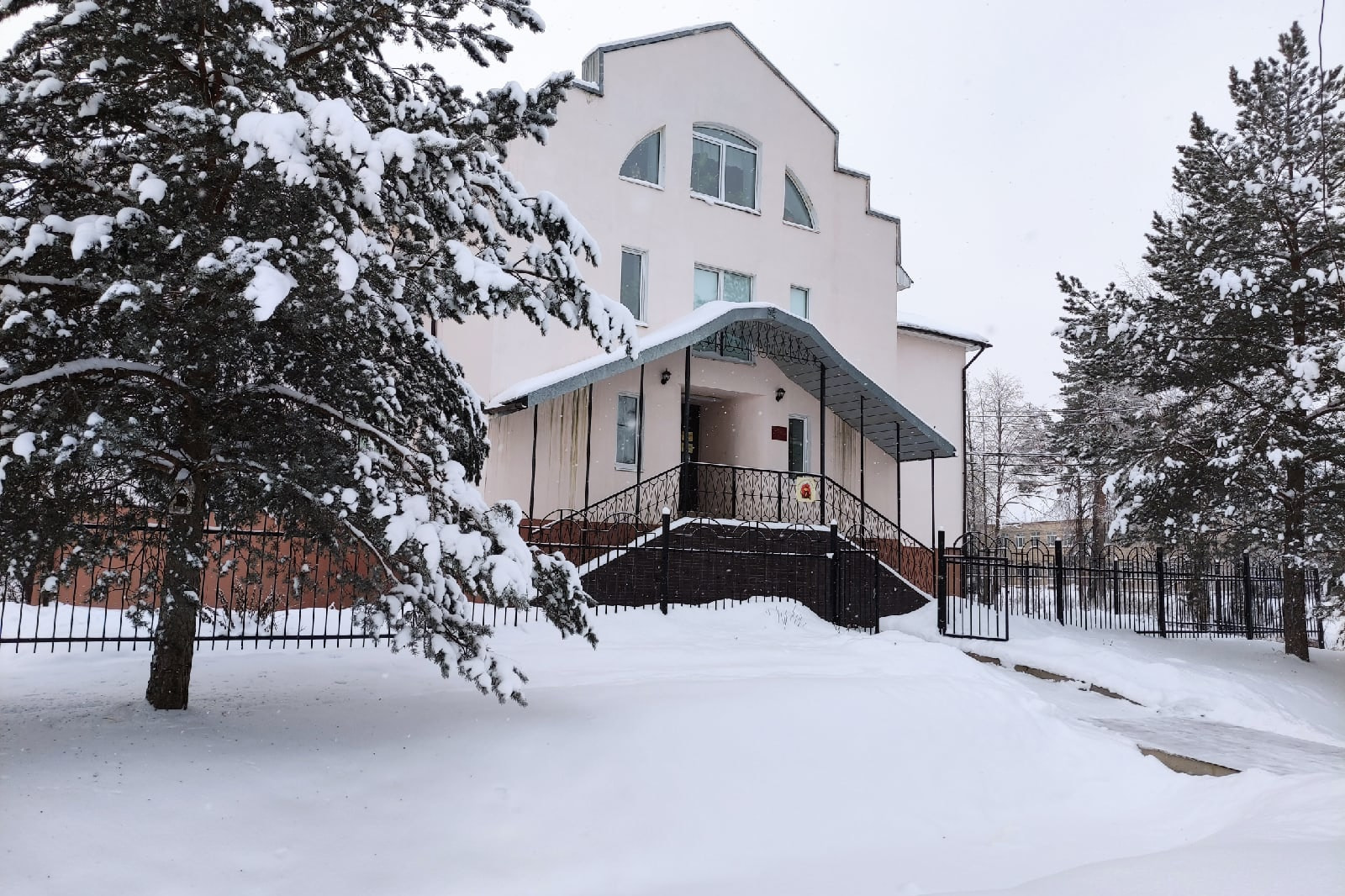
The museum has about 4,500 exhibits covering various aspects of life and everyday life in Poshekhonye. The museum is known for the only gold mining exhibition in Russia.
2. Toptygin House Museum
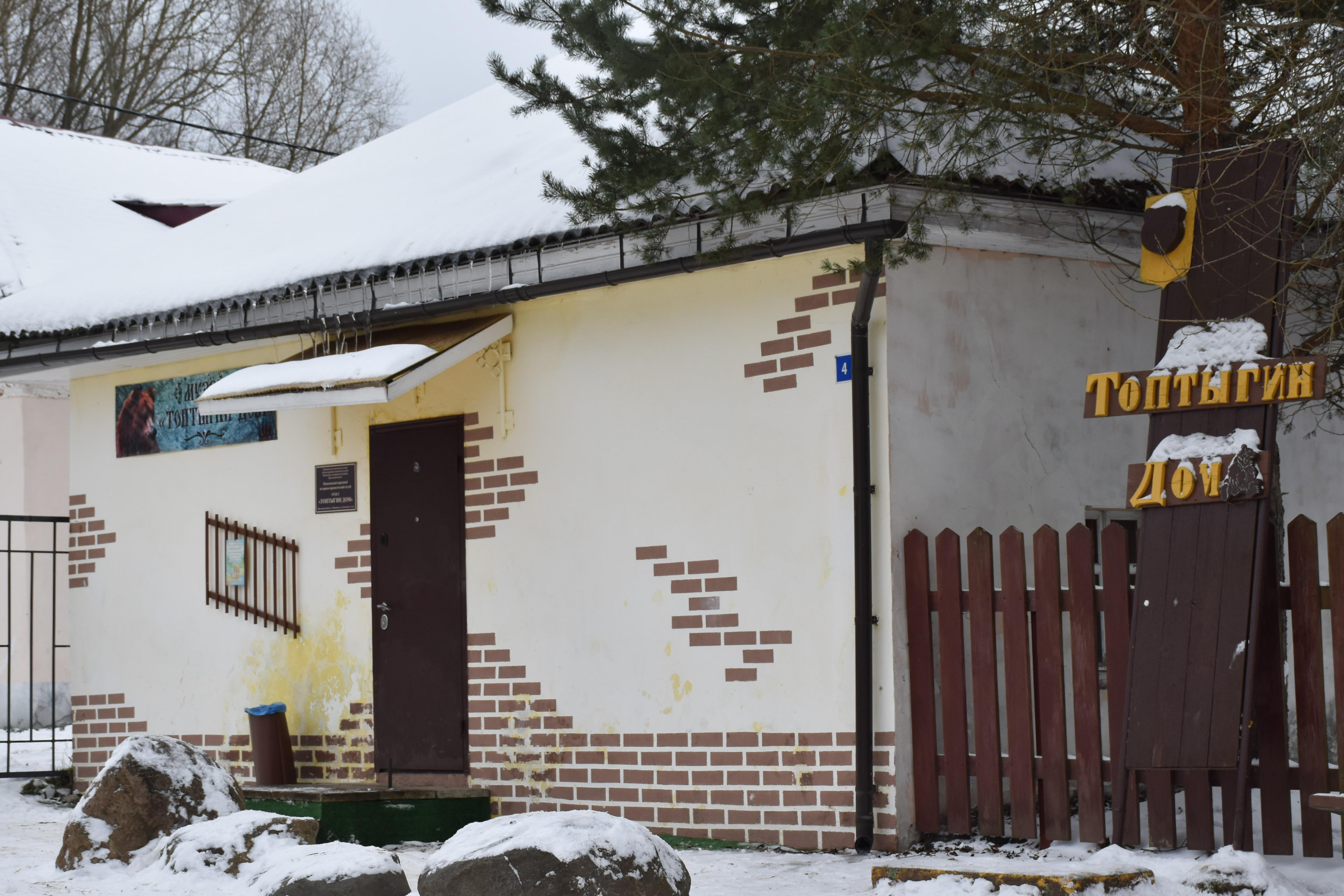
Opened in 2008, the museum quickly became one of the most popular attractions in the city. Here, visitors can look into the bear den and sit at the hunting shed.
3. Poshekhon art object
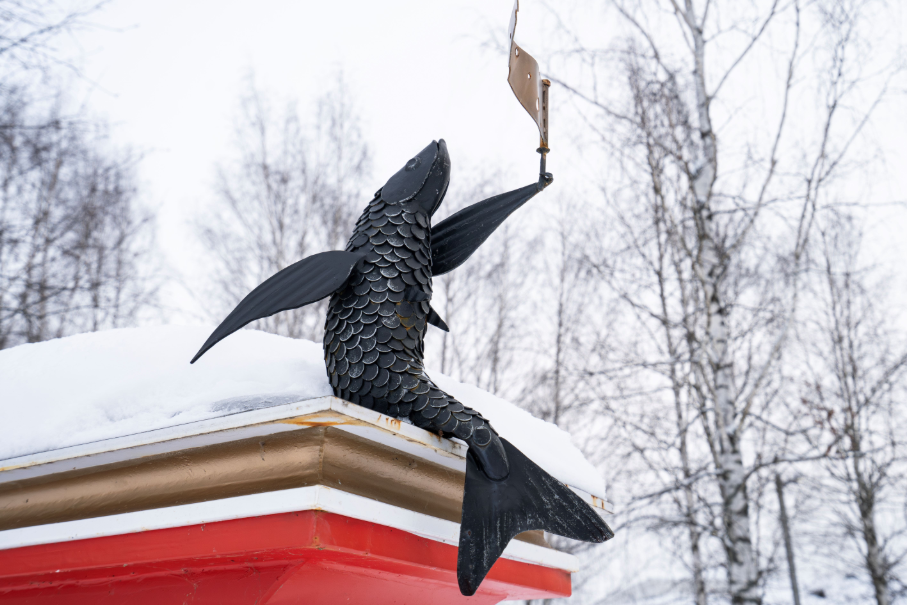
The artists of the Art object managed to capture the basic idea of the image of a Perfect Man: they created much of what we are rightfully proud of with their work. One of the main architectural symbols, the Shopping Malls, is reflected in the shape. The skillful poshekhonets left glory to his work in the brand of the famous "Poshekhonsky cheese" – a tribute to this is given in the form of a weather vane flag, and the flag itself imitates gold leaf, the craftsmen of which also glorified the Poshekhonsky people. The weather vane is the Chehon fish, Poshekhon fishermen often caught it in our rivers. It is decorated with elements of the Gayutinsky painting, which itself is a product of the talent of Poshekhon craftsmen, and also makes a hint of Poshekhon women needlewomen. After all, for the first time "gayutinka" was discovered on spinning wheels. And this is also flax, and weaving, and poshon conversations, on which girls made dowries.… Therefore, the shape of the letter "P" has absorbed not only the initial letter of the word "Poshekhonets", but also iconic symbols for residents. The location of the art object and its position were also chosen for a reason: here– on the banks of the Pertomka River, next to the central square, everything that we are proud of is located.
4. The bell tower of Holy Trinity Cathedral
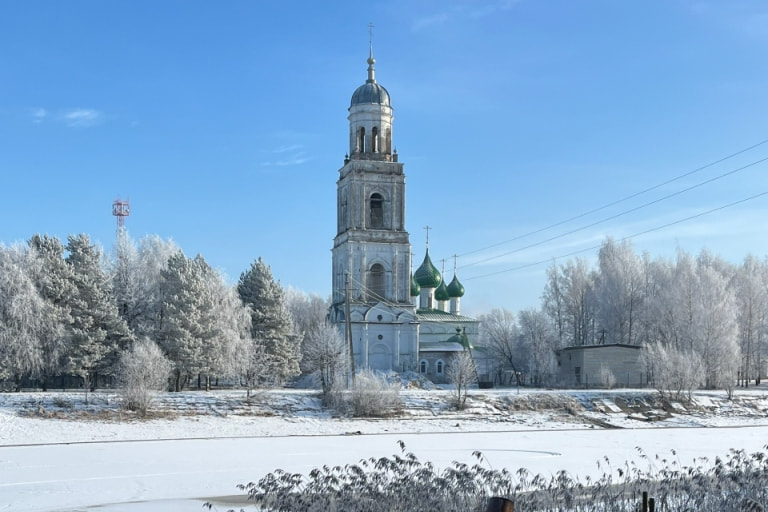
In the second half of the 19th century, a four-tiered bell tower was erected in Poshekhonye, based on the project of K.Tones for the Simonov Monastery in Moscow. The lower tier is decorated with kokoshniks and half—columns, and the second and third are massive, decorated with carved arches and pilasters. The upper tiers of the bell tower serve as the base for a rotunda with a hemispherical dome. This 74-meter-high building is the dominant architectural feature of the city. In times of godlessness, it was preserved due to the fact that it was used for economic purposes.
5. Embankment of the Sogozhi and Pertomki rivers, Strelka
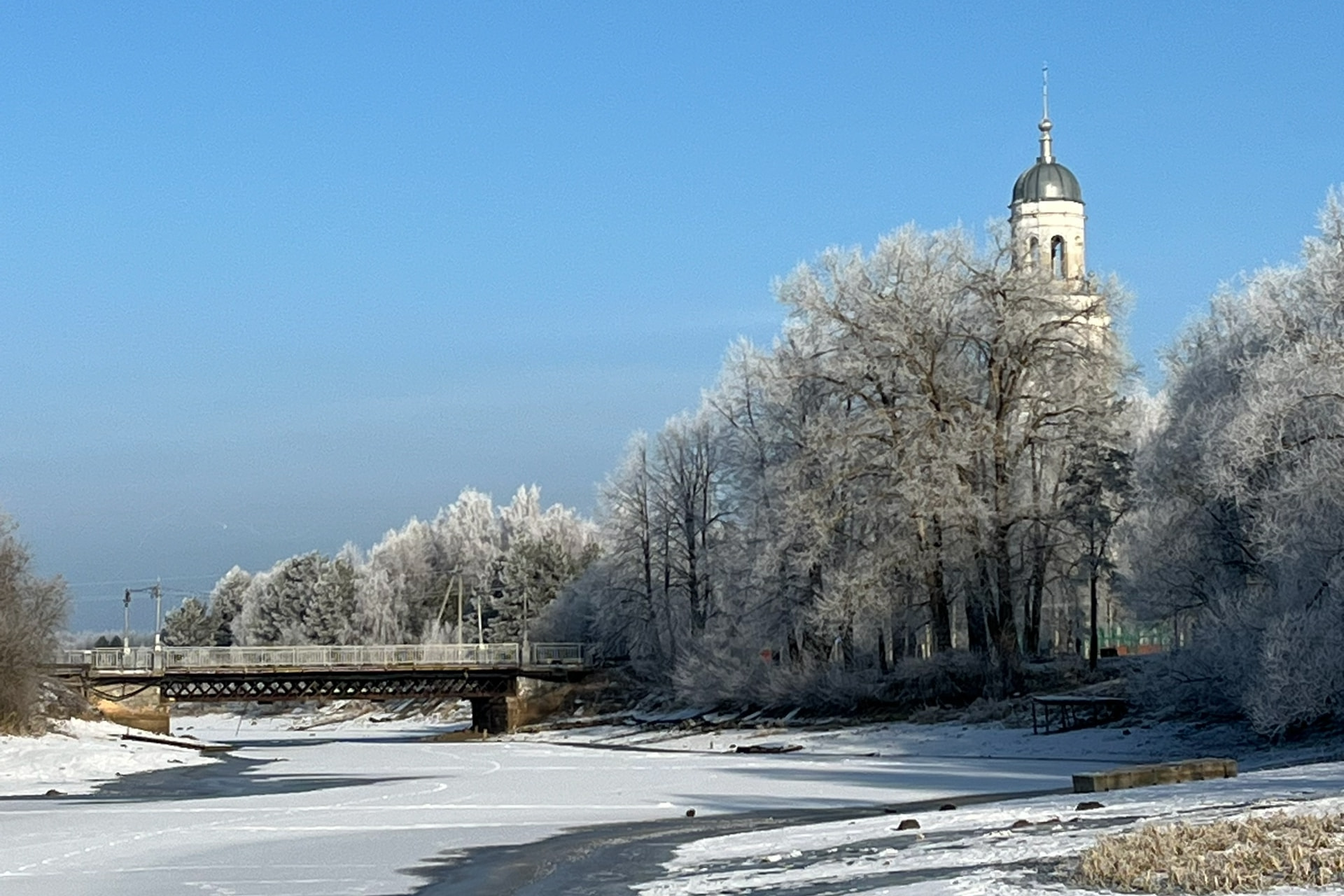
The arrow formed by the Poshekhon rivers is a place of power. It was here that the first Christian churches were built. The Trinity Cathedral and the Bell Tower, which appeared in the 18th and 19th centuries and still exist today, are the main attractions of Poshekhonye.



